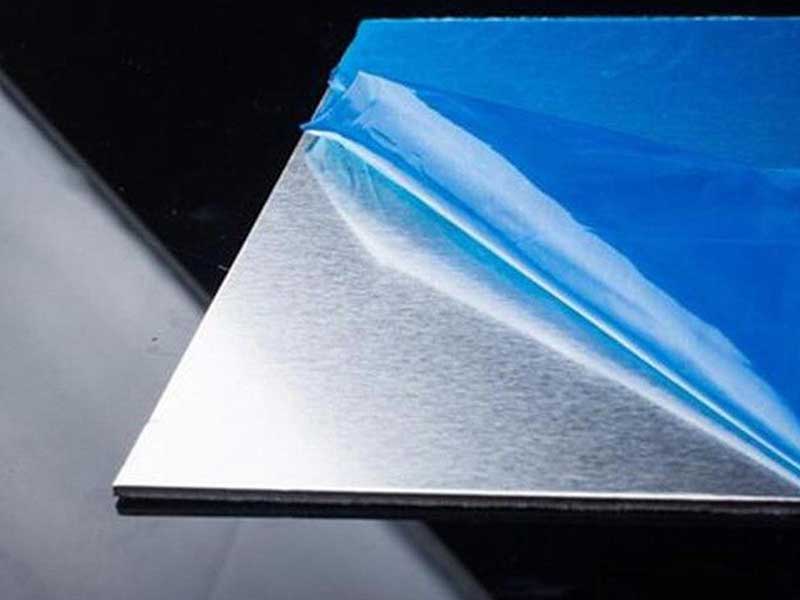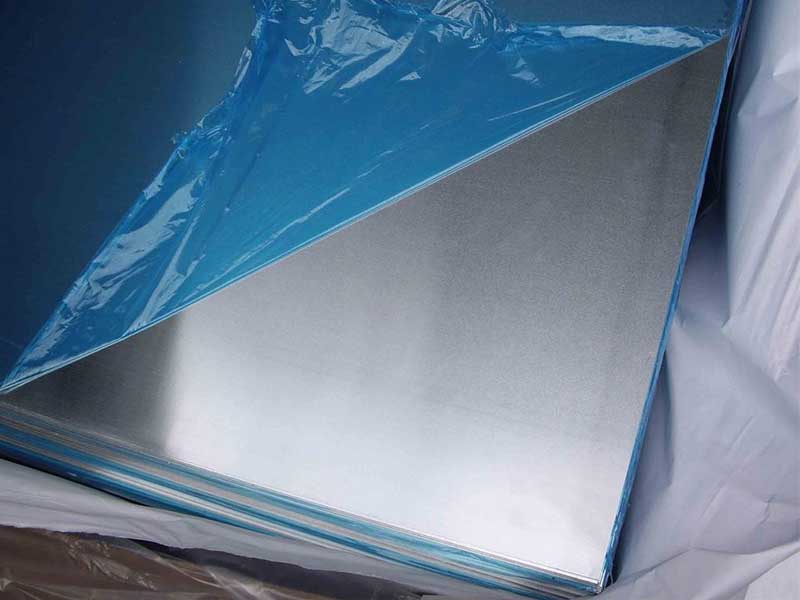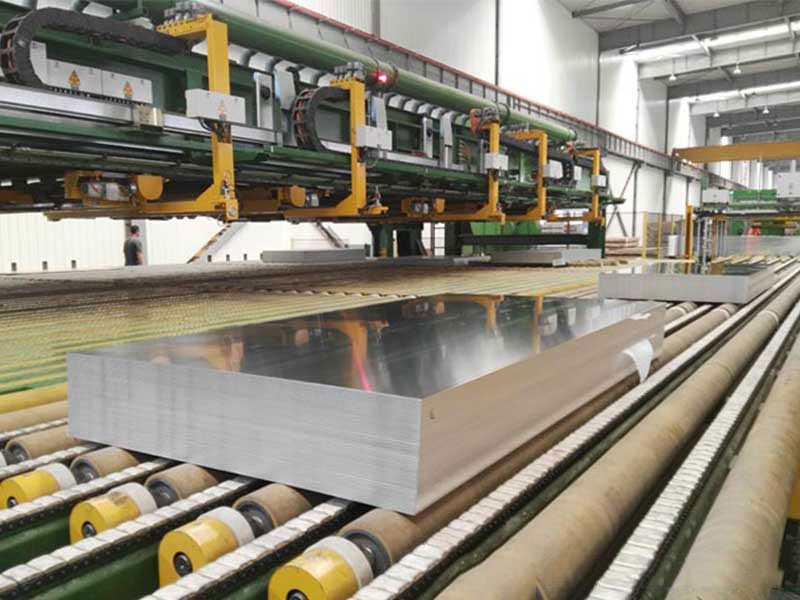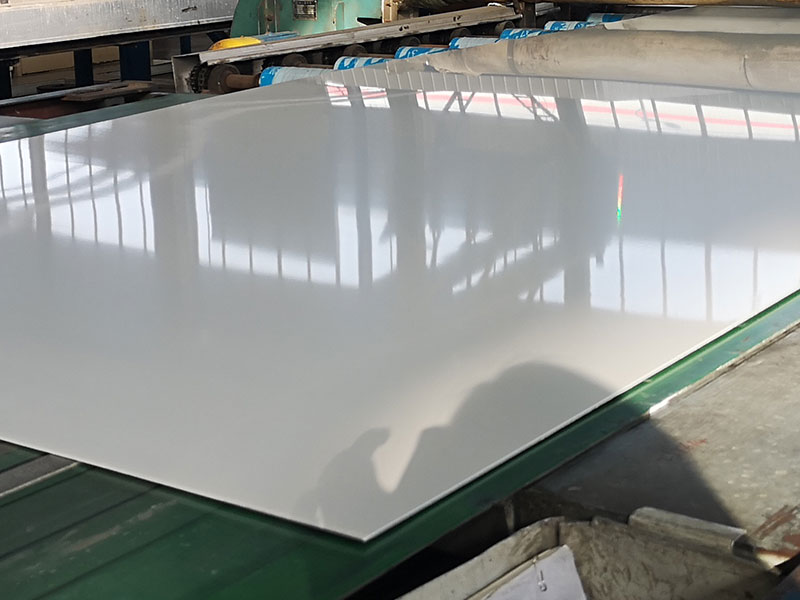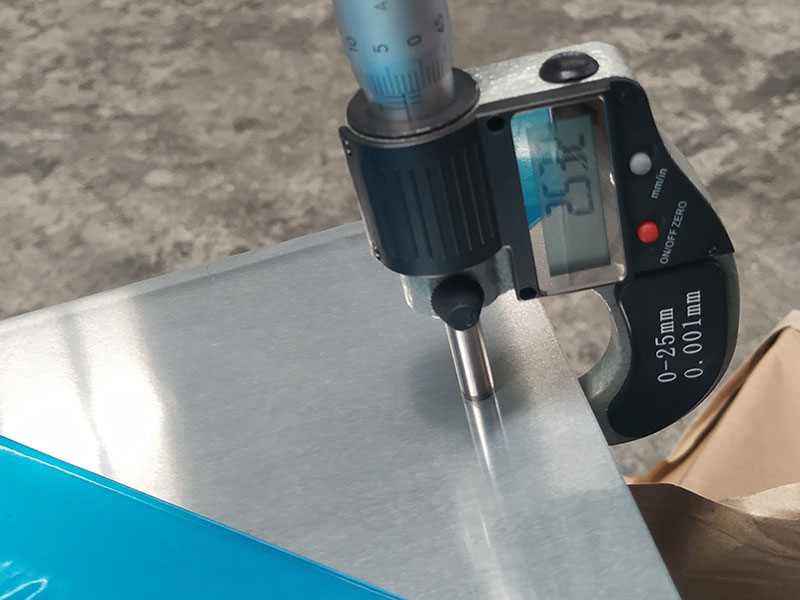Aluminum sheet application of anodizing
Aluminum sheets are renowned for their versatility and lightweight characteristics, making them indispensable in various industries. One enhancement step that significantly improves aluminum sheets' performance and decorative appeal is anodizing.
Features of Anodized Aluminum Sheets
Anodizing is an electrolytic passivation process that increases the natural oxide layer on aluminum surfaces. Here are some essential features of anodized aluminum sheets:
- Corrosion Resistance: The anodized layer offers exceptional protection against corrosion, extending the lifespan of the aluminum sheets.
- Increased Durability: Anodized coatings are tougher than conventional paints, greatly improving wear resistance.
- Enhanced Aesthetic Appeal: The anodization process allows aluminum sheets to be dyed in various colors, providing aesthetic flexibility.
- Heat Resistance: Anodized surfaces have a higher thermal resistance than untreated aluminum, making them suitable for heated applications.
- Reduced Maintenance: Anodized surfaces don't flake, peel, or require repainting, ensuring lower long-term maintenance costs.
Applications of Anodized Aluminum Sheets
Anodized aluminum sheets are widely utilized across numerous sectors:
- Architectural Applications: Used in building facades, windows, balustrades, and roofing systems due to their aesthetic appeal and durability.
- Paramount Aerospace Parts: In aerospace manufacturing, anodized aluminum sheets withstand extreme conditions while maintaining structural integrity.
- Automotive Components: Used for aesthetic components, brackets, and other parts to mitigate weight without compromising durability.
- Consumer Electronics: Often applied in laptop casings, smartphone frames, and other devices where aesthetics play a vital role.
- Marine Applications: Provide resistance to seawater corrosion and UV exposure, making them perfect for boat building.
Technical Specifications
The following table summarizes essential technical specifications relevant to anodized aluminum sheets:
Technical Specifications Table
| Specification | Value |
|---|---|
| Alloy | 3003, 5052, 6061, 6063 |
| Sheet Thickness | 0.5 mm to 12.0 mm |
| Anodized Thickness | 10 µm to 25 µm (varies upon requirements) |
| Width | Up to 1524 mm (60 inches) |
| Length | Customizable (up to 5000 mm) |
| Weight per Unit Area | 2.6 g/cm² (typical alloy density) |
| Joining Methods | Mechanical fasteners, weldable |
| Tempering Condition | H14, H16, H18 (based on alloy) |
Chemical Composition Table
The chemical constituents of commonly used aluminum alloys in anodizing are highlighted in the table below.
| Alloy | Aluminum (Al) | Silicon (Si) | Iron (Fe) | Copper (Cu) | Manganese (Mn) | Magnesium (Mg) | Zinc (Zn) | Titanium (Ti) |
|---|---|---|---|---|---|---|---|---|
| 3003 | 97.0% | 0.12% | 0.006% | 0.05% | 0.05% | 1.0% | 0.1% | 0.1% |
| 5052 | 94.7% | 0.25% | 0.25% | 0.1% | 0.10% | 2.5% | 0.1% | 0.15% |
| 6061 | 95.8% | 0.6% | 0.15% | 0.5% | 0.1% | 1.0% | 0.25% | 0.15% |
| 6063 | 96.0% | 0.2% | 0.1% | 0.15% | 0.1% | 0.7% | 0.1% | 0.1% |
https://www.aluminumplate.net/a/aluminum-sheet-application-of-anodizing.html


